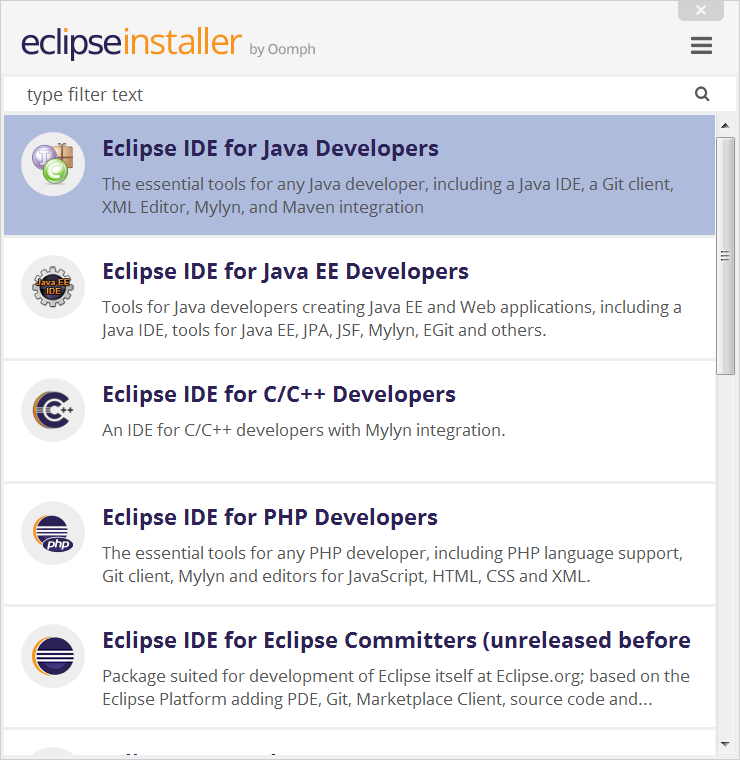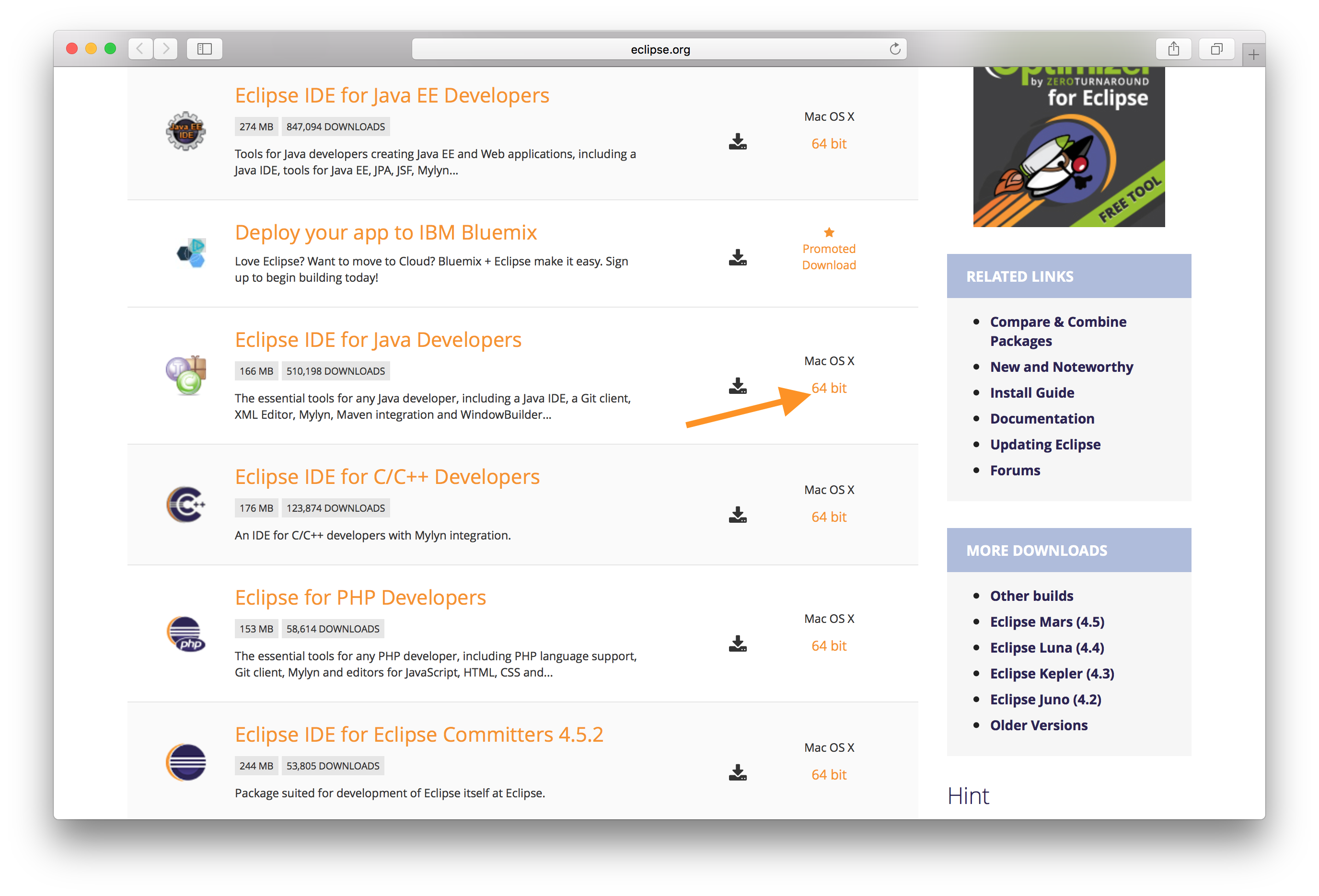

Moreover, it has a strong community that constantly creates pre-built solutions based on this language. Python is an open-source technology that implies zero cost for the developers.
#JAVA CODER FOR MAC CODE#
And it takes fewer code lines to resolve complex problems, for example a demand forecasting for Instacart’s over 500 million users. Easy-to-learn syntax, handy debugger, and the ability to unite other languages contributes to it being one of the most productive and cost-effective solutions for large companies. It unites the powerful Qt Design studio and set of Python modules for app development. Python interface for Qt (PyQT) is a very often-used tool for this. Some of the Python libraries, e.g., Kivy, are a great tool for the creation of cross-platform mobile apps.Īnd also, Python has special libraries for creating graphical user interfaces (GUI). Python-based mobile apps’ APIs are compatible with all the major operating systems. Python is also extremely popular among data scientists or AI specialists: the capabilities of the technology for data analysis and deep learning are hard to overestimate. It is used in web and mobile development with its full-stack frameworks like Django, Pyramid, TurboGears, or microframeworks like Bottle, Flask, Falcon, and others. Python is an open-source OOP language with diverse applications. Let’s talk about the top ten most in-demand programming languages in detail.

The study shows that among hundreds of possible options the most commercially successful companies opt for quite a small number of technologies. Research conducted by Coding Dojo highlighted the most popular coding languages among the so-called unicorns - the world's top tech companies with a market estimation of over $1 billion. Out of hundreds of programming languages available, still there is a limited list of the most popular and demanded ones. Less known to the public are Kotlin and Swift - the languages that came into use with the rise of mobile development. Almost everyone has heard about HTML and CSS, the technologies behind the bright web browsing experience. Web and mobile development triggered the creation of even more languages. Some were developed for each platform (like C for Unix or Basic for Windows), while some were made for certain specific tasks (e.g., SQL for database management). The OOP approach gave rise to even more languages appearing. One of the ideas is that the coiner of the term, Alan Kay, was inspired by the structure of biological cells while inventing some of the first OOP languages. Ten years after Fortran, what we now know as object-oriented programming (OOP) came into existence. It would become a base for dozens of other programming languages between 19. Fortran allowed a certain level of abstraction and portability, which opened new opportunities for engineers. The turning point for the IT industry was the appearance of Fortran - the first high-level programming language, which was commercially released in 1957.

These were considered low-level programming languages and were only able to run on the specific computer architecture or operating system they were initially created for. So gradually various assembly languages appeared. But it was hard for humans to understand that type of coding.
#JAVA CODER FOR MAC SERIES#
This plethora started with the machine language, which was merely a series of numbers directly telling the computer what to do.
:max_bytes(150000):strip_icc()/komodo-edit-590a09ae3df78c9283032bee.jpg)
The total number of existing programming languages is estimated from 250 to about 700.


 0 kommentar(er)
0 kommentar(er)
